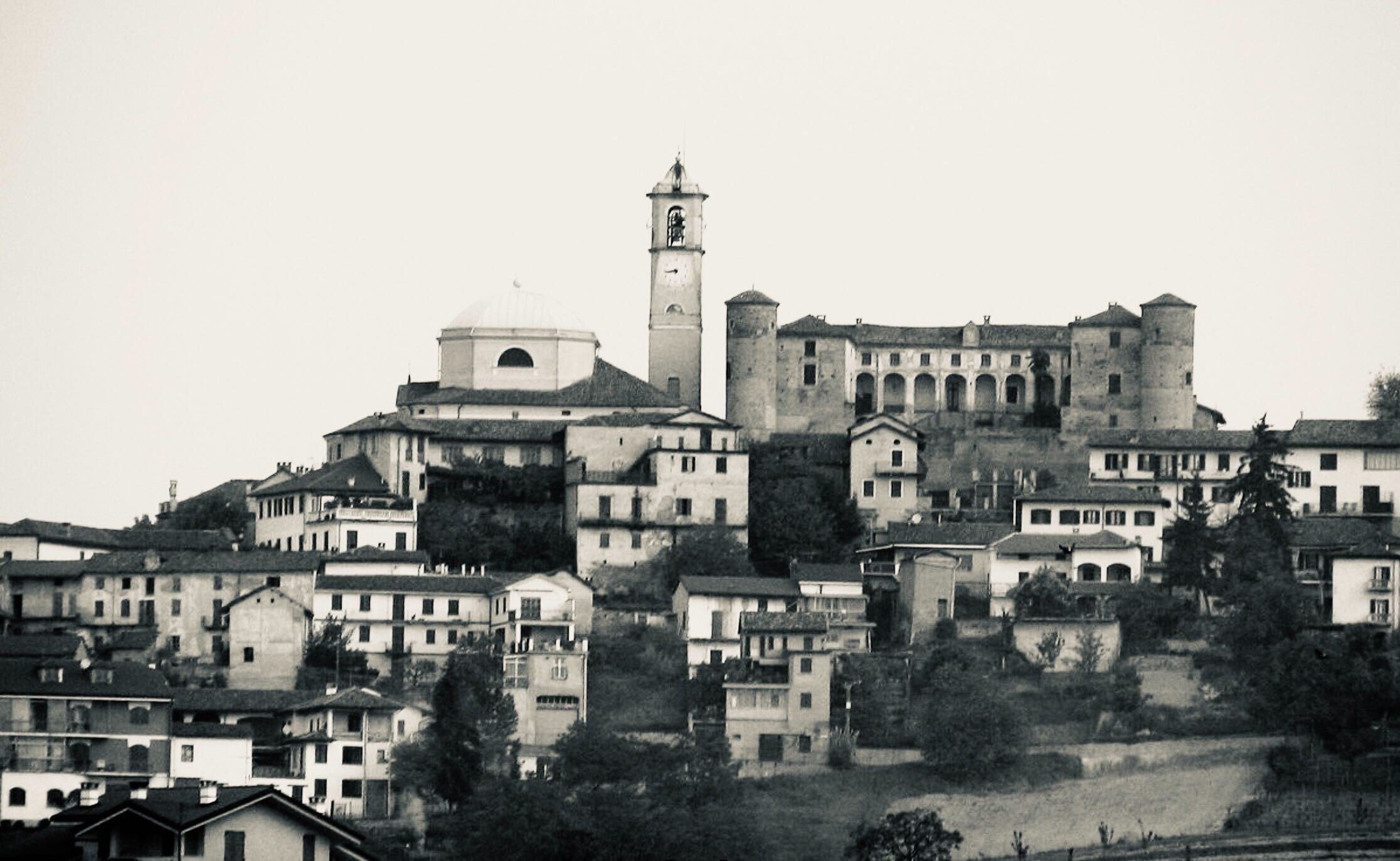Cantine del Castello di Montegrosso
In 1134 A.D. the castle at Montegrosso was finished.
The French tribes had been fought off, and Piedmont had been divided into various communi under the Kingdom of Italy and the Holy Roman Empire. Liguria West, Liguria East, Alessandria, Milan, Turin, Asti. Occupying a strategic military location closer to the Alps and the passes into France and Switzerland, Asti was an important border town.
The residual of the Frank invasions left the Alemarici family in control.The Alemaricis were the first family in Piedmont to really leverage royal marriage to bind and empower their stronghold on the region and beyond (they participated in the crusades). The results of this gained them powerful alliances to the church, the Greeks, the Byzantines, and even the Kingdom of Jerusalem, so much so that by the end of the 12th century Conrad of Monferrat was the acting King of Jerusalem.
As the Almericis built up their empire, they re-fortified it with castles. Greater Piedmont, nowtheirPiedmont, was under constant threat from both outside and inside invaders. A decision was made during the twelth century to build a castle outside of Asti on a large hill, a monte grosso. It was completed in 1134 A.D.
Fast forward 600 years...
The Motta family begins to start making wine. They are farmers- traditional Piedmontese. And over the years their work in the cellar very slowly modernized so that even to this day, just some older barriques are used. But by and large, the current owner and winemaker Graziano Motta makes Barbera the same way his father, and grand father, and great grandfather, etc, did.
What does that mean?
It means long macerations. It means long elevage in wood. But, most importantly it means time aging in bottle before release at cellar. A step into the Motta cellar at Castello di Montegrosso takes one back in time to Piedmont before Piedmont was discovered.
There is no marketing plan at the castle.
I love classical wine- especially with slow cooking. Classical wines- often in back vintage form- offer a conversation and look into the world of what I affectionately call 'grandma cooking'. These wines, and this style of food, conjure us to tell the stories of our grandparents and the old ways the food of our ancestors is made- whether that food is Italian, or not.
That said, it is very hard to deny the gorgeous hug of traditional Piedmontese cuisine. Carne crudo. Risotto. A great tajarin with truffles. And in this world of food, nothing is better than back vintage Piedmont. The 'amaro' pallet in these wines sings and brings the table to new heights.
So, just when we all think that everything in Piedmont has been discovered, we were turned on to Graziano Motta and his Castello di Montegrosso. Here, it's about Barbera- old, classical, aged Barbera. Graziano currently makes two Barbera- an estate cuvee named Monterosso, and an old vine, higher altitude single vineyard that sees extensive ageing named Ruleja.
Indie will start with the current releases of both wines, which are the 2017 Monterosso and the 2011 Ruleja. Current releases! Both wines are due to inbound into Fond du Lac at the end of February.
So, if you are a fan of truffles, and old Barolo, and older bottles of Scarpa, and Vigna del Noce from Enrico Trinchero....If you jones for back vintages of Ferrando Carema and Francesco Rinaldi Barolo, where the acidity is razor, where the fruit swoons you with just a little bit of Hendrix-like, chord bending, VA..where the wines have that 'amaro' pallet...
Then these wines are for you. I hope you enjoy them as much as I do.
Christian



